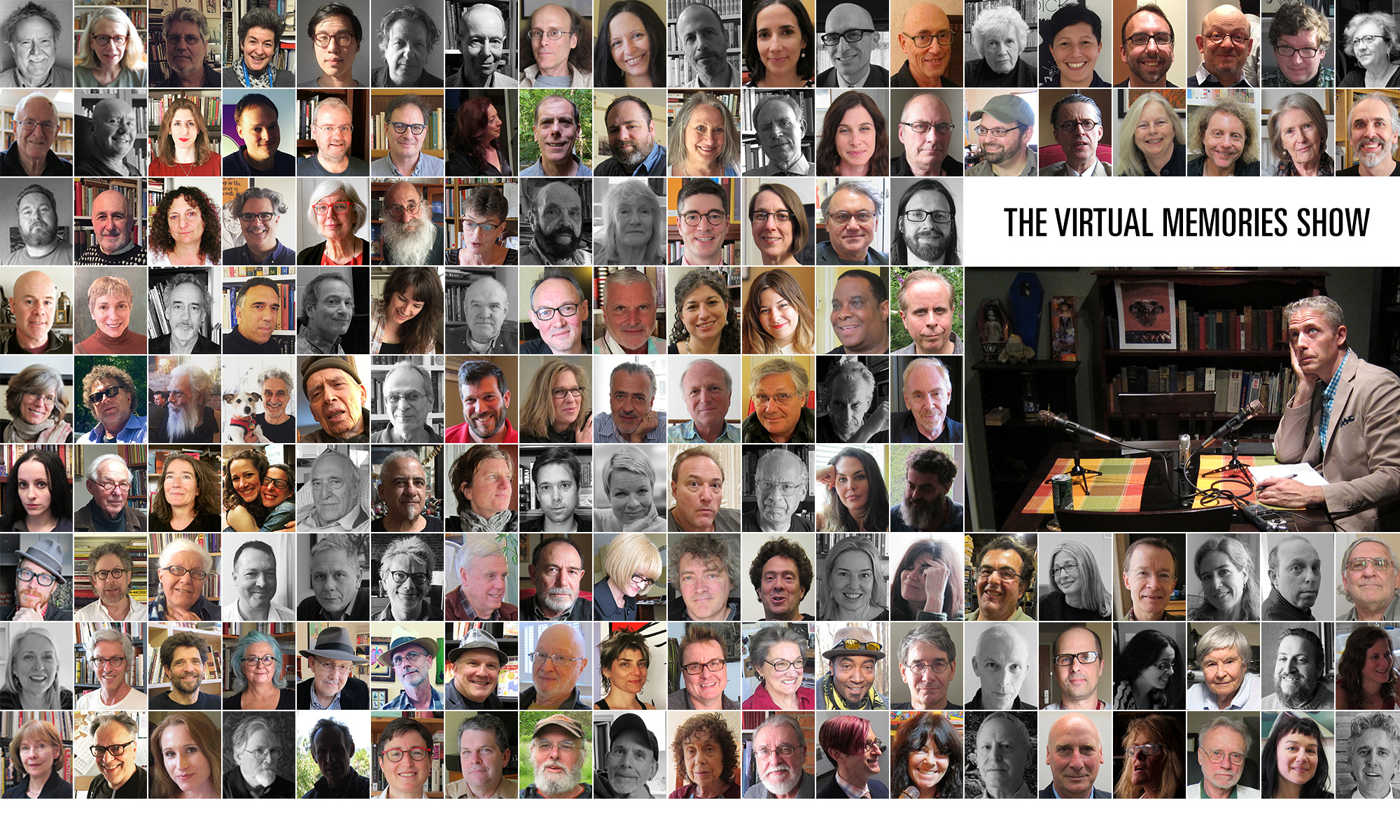I first noticed the Hearst Tower during ferry rides over to NYC about a year ago. Last April, I meandered by the building and snapped some pictures. I thought it was a neat-looking building, especially as it poked out of an existing structure like a giant f***-you:
Last November, when I was nearby for the black-tie event where I concluded that I really need to buy myself a tuxedo, I was happy that I’d get the opportunity to see the tower by night.
Boy, was I disappointed. The building was utterly lifeless against the cityscape. Without daylight reflecting off the panes, the structure seemed to flatten, resembling nothing but a standard glass office building, illuminated by fluorescents. I didn’t post — or even bother keeping — the pix I took of it. I was charitable enough to figure I was just missing something. Or maybe I caught it on a bad night.
Not according to Robert Campbell, a fellow at The American Institute of Architects and a critic for the Boston Globe. In Why I Hate the Hearst Tower, starts off by comparing the building to a missile silo, goes on to write,
[N]othing about the Hearst, as seen from outdoors, suggests the possibility of human habitation. It appears to be a cage for a single massive object. [. . .] One of the problems with Modernism, as a stylistic method, is that it tends to ignore the fact that buildings look like other things. And that’s how most people understand them. People say the abstract boxlike shapes of Modernist office towers look like the cartons the real towers came in. The world we live in is a world of resemblances.
and ultimately bashes the heck out of the idea of architecture without context:
[T]he message the Hearst broadcasts to me [is]: that it’s a prototype invented for no particular site or program which was, then, pulled out of its sketchbook and plopped down on this site. Its form not only communicates but insists that it ignores its solar orientation, its site, its Deco footrest, and its internal program of uses. “Put me anywhere, fill me with anything, I’m fine with that,” the tower seems to be telling us. It’s a throwback to Mies [van der Rohe]’s concept of universal space. And let’s remember that Mies’s concept, which worked well at Crown Hall in Chicago, created, in Berlin, an art museum that is as hopelessly impractical as it is handsome.

